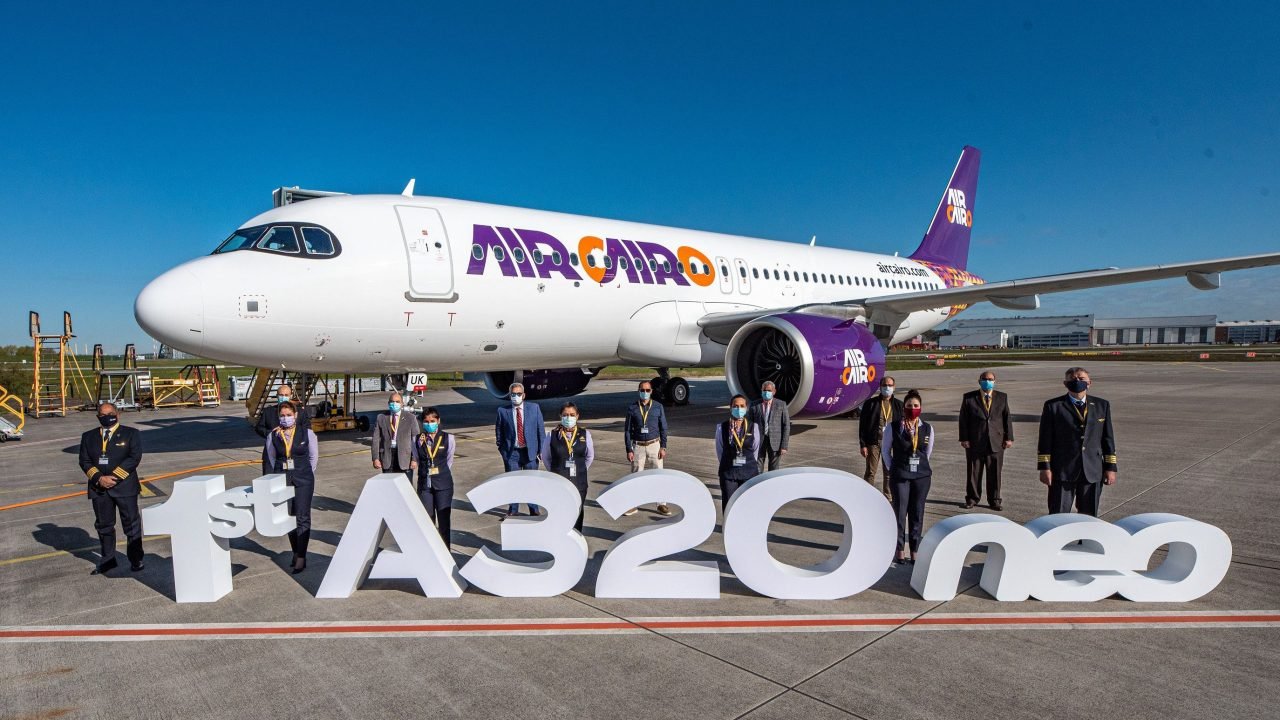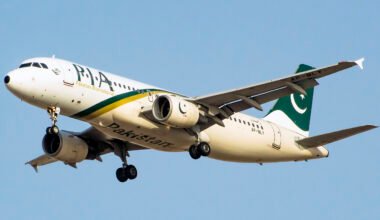The Airbus A320neo family is an extension of the A320 family. A family of narrow-body airliners produced by Airbus.
Introduction of Airbus A320NEO
The abbreviation ‘neo’ brought a new concept of fuel efficiency. After achieving phenomenal growth in the global aviation market, Airbus shifted its focus to sustainability. An organization cannot stay in the market for long if it cannot sustain its operations. Of all the operational costs an airline bears, fuel gives the hardest hit. Airbus nailed the right pin!

Read more:- Airbus Commercial Aircraft Division
What was in the mind of Airbus?
Airbus reached a win-win solution. Instead of doing major modifications, Airbus came up with the idea of achieving maximum by incorporating minimum changes. The move was to stay in the market with the existing models but with some structural modification and improved engine performance to make it simpler. And here came the first variant of the neo series – the Airbus A320neo.

Airbus A320neo
The Airbus A320neo family is an extension of the A320 family. A family of narrow-body airliners produced by Airbus. A320 neo was launched on 1 December 2010. The aircraft made its first flight on 25 September 2014. Lufthansa was the first operator of A320neo. The aircraft was formally introduced on 25 January 2016. At present, IndiGo holds the largest inventory of A320 neo.
Read more: Massive IndiGo Order Is One Of Largest-Ever For Airbus

So what’s new on the Airbus neo Series?
Some of the important features of A320neo are tagged for easy reference.
Areas of Focus
Wing Sharklet Device
Airbus had already started the A320 Enhanced (A320E) Programme as part of its research and development in multiple domains. The focused areas remained a series of improvements targeting a 4–5% efficiency gain with large winglets (2%), aerodynamic refinements (1%), weight savings, and a new aircraft cabin. Airbus launched the shark blended wingtip device (the Sharklets) during the Dubai Airshow in 2009. The name refers to the fin of a Shark visible on the surface of the sea waters. Moreover, this new structural modification to the wingtips added 200 kilograms (440 lb) to the overall weight.
Benefit
Yet. it was a good bargain as this mod offered a 3.5% fuel burn reduction on flights over 2,800 km (1,500 nautical miles). Something airlines are always looking forward to. Lesser fuel burn means lesser carbon footprints and ultimately lesser pollution.

The New Engine
The A320neo has the option of having either type of engine. The engine choice includes the CFM International LEAP-IA and the Pratt & Whitney PW1000G. Furthermore, the new engines demand lesser maintenance costs than the current A320 engines.

Benefit
The new engines burn 16% less fuel, which is applicable for the newer frames. However, the actual gain stays around 14-15 % (slightly less than 1–2%) when these engines are installed on an existing A320 aircraft.

Other Benefits
Airbus brought a solution that was beneficial in many ways. One of the other benefits of the new airframe was the cockpit ergonomics and configuration. They are the same as the A320. Therefore, there was lesser time consumption for cross-training of the aircrew. Likewise, the maintenance teams, in particular, did not face many difficulties in managing this new variant which generally happens with the new inductions. The cabins are also wider for comfort and customized to meet the moods of the customers.

The Other Side of the Bargain
On the contrary, the fuel efficiency has been improved, which enhanced the range of the A320neo. Similarly, lesser fuel emission has reduced the overall carbon footprints, a benefit directly attributed to the environment. The new engines are also less noisy. Thus noise levels have also reduced.
Last Word
Airbus has remained successful in bringing the neo series to the market. It will not only benefit the operators in terms of revenues, but it will also help the company sustain itself in the aviation market for a longer time.
Written by guest writer, Faisal Bashir




